Kawase Hasui Exhibition
I went to see the “Kawase Hasui: Landscapes of Travel and Nostalgia” exhibition at the Ueda City Museum of Art in Nagano Prefecture. This exhibition has been touring nationwide since opening at the SOMP Museum in October 2021, with Ueda being the 16th venue.
This is the Santomyuze facility, which opened in 2014. It houses both the Ueda City Museum of Art and the Ueda City Cultural and Arts Center.
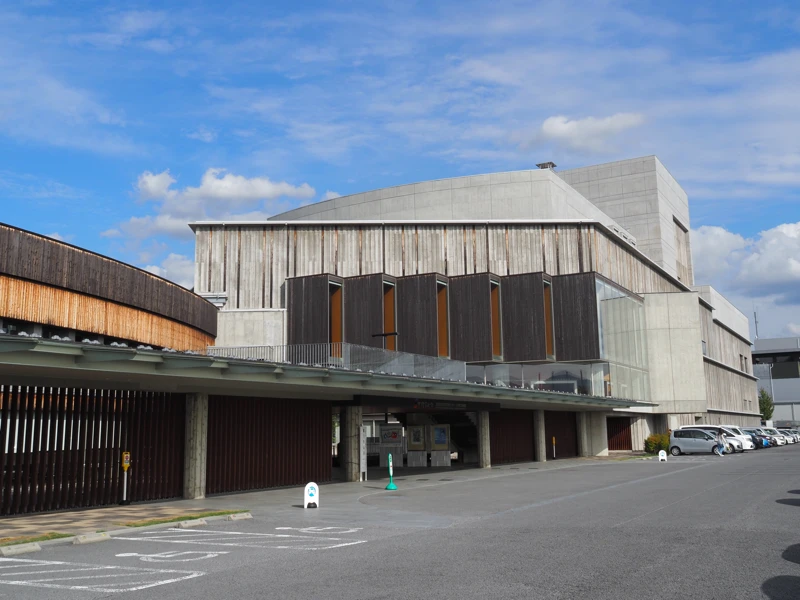
The photo shows the area near the main entrance of Santomyuze. The building visible in the center is the main hall.
The brown wall on the left is a corridor, along which meeting rooms, studios, galleries, and other spaces are lined up.
Entering the curved corridor, banners for the Kawase Hasui exhibition were displayed. The ticket counter for the museum is located near the second pillar visible in the background of the photo.
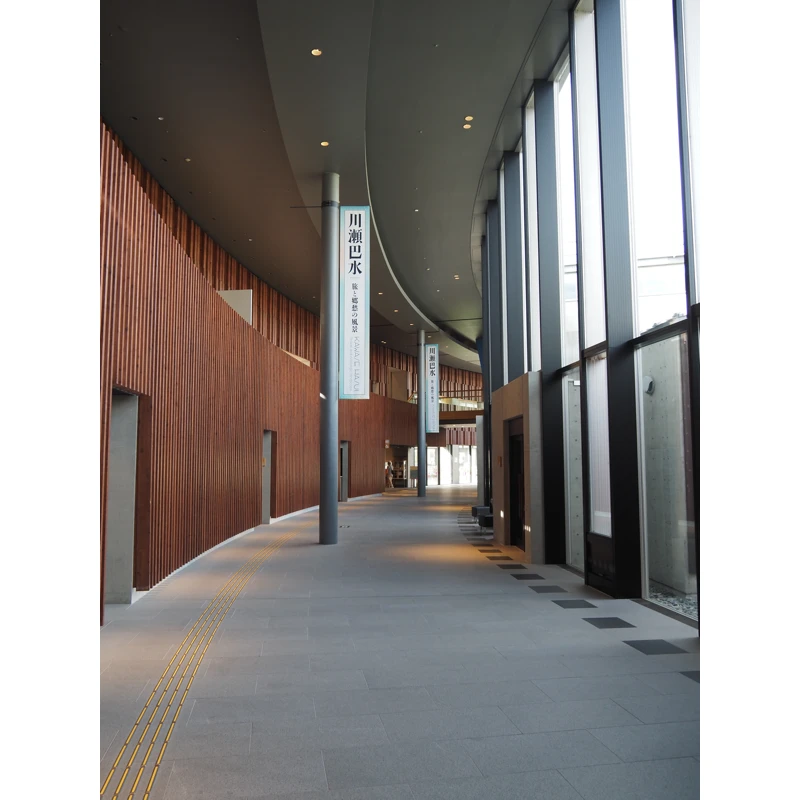
After purchasing tickets, visitors ascend the stairs to the second floor, which is the museum entrance. A poster is displayed on the wall in front of the reception desk.
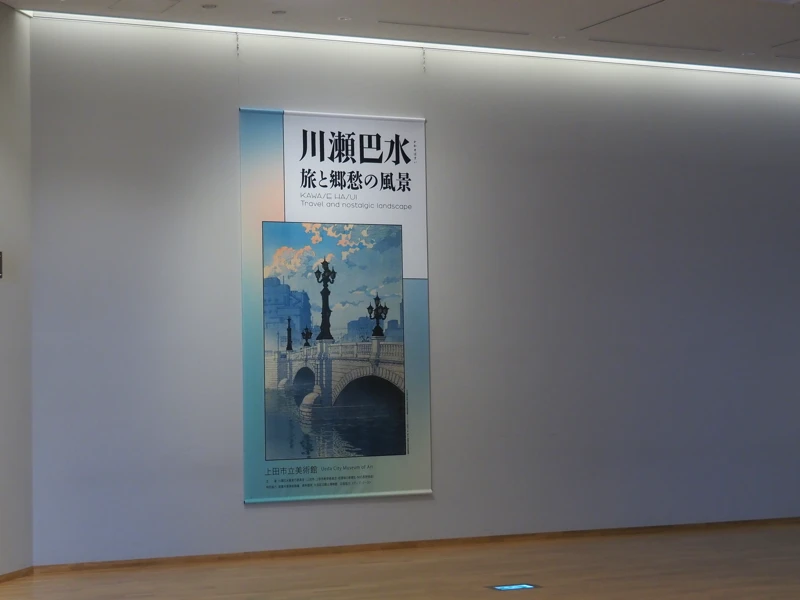
Photography is prohibited inside, so there are no pictures, but actually, Kawase Hasui’s copyright has already expired.
I had assumed that since Kawase Hasui died in 1957, copyright would still be in effect as 70 years hadn’t passed since his death. However, it was in 2018 that the copyright protection period was extended to 70 years. At that point, the protection period for Kawase Hasui’s works had already ended (the protection period at that time was 50 years), so it seems the extension does not apply to him.
Checking the National Diet Library Digital Collection, for example, it states that the copyright protection period for Kawase Hasui’s collections “Tabimiyage” and “Selected Japanese Landscapes” has expired.
This is a woodblock print titled “Nara Kasuga Shrine,” created in 1921 (Taisho 10). (Published in “Tabimiyage, Volume 2,” 1921).
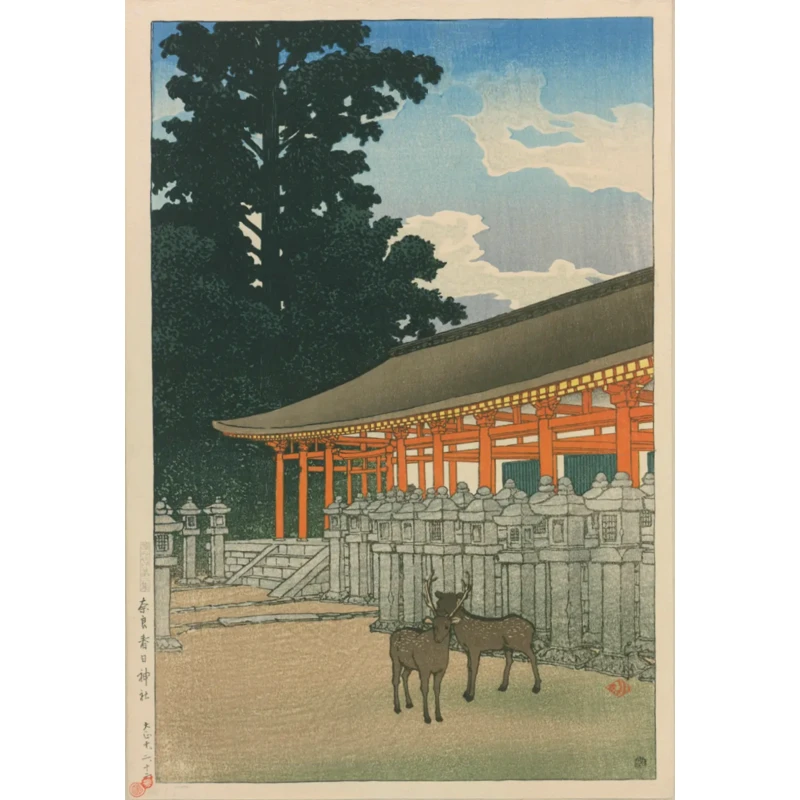
Kawase Hasui (1883-1957) was a woodblock print artist who, in collaboration with publisher Watanabe Shozaburo, established the “Shin-hanga” movement that revived ukiyo-e. He produced numerous woodblock prints based on sketches made during travels throughout Japan.
From the summer of 1919 through the following autumn, he published a series of landscape prints titled “Tabimiyage” (issued by Watanabe Print Shop), cementing his status as a landscape printmaker.
In 1922, he began work on publishing the “Selected Japanese Landscapes” series, a project planned to release three prints monthly for twelve issues.
However, on September 1, 1923, while producing the eleventh installment, the Great Kanto Earthquake struck.
Hasui’s home was completely destroyed, and all his completed works along with his sketchbooks (188 volumes!) were lost in the flames.
The publisher, Watanabe Print Shop, also burned down, and many woodblocks were lost.
It is said that the earthquake struck just as the woodblock for this work, “Okayama Uchiyamashita,” had been carved and was about to go into printing.
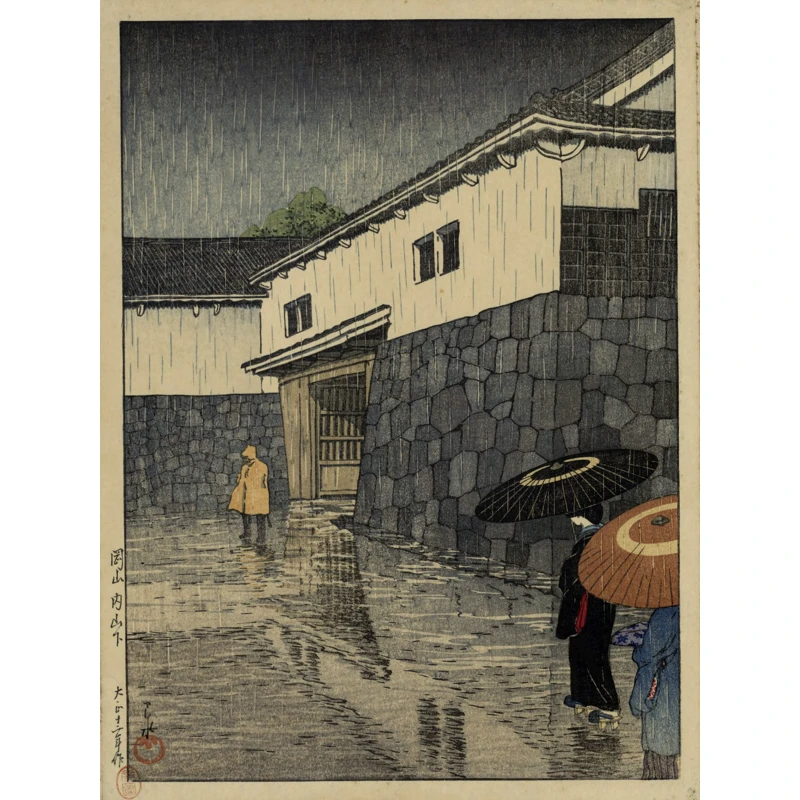
Fortunately, this particular woodblock survived the fire and was published as his first work after the disaster.
What was remarkable about Watanabe Shozaburo was that, seeing Hasui devastated by the loss of his sketchbooks, Shozaburo handed him the surviving woodblock prints and sent him on a journey, suggesting, “Why not hold exhibitions along the way to supplement your travel expenses?”
Hasui set out on October 22nd and traveled until February 2nd of the following year. This journey became the longest of his life.
Upon returning from his travels, Hasui began work on a sequel to “Tabimiyage”
At the same time, he sketched scenery of Tokyo which was still recovering from the earthquake.
These sketches were published as “Twenty Views of Tokyo” between 1925 and 1930.
The next piece, “Shiba Zojo-ji Temple,” was created in 1925 and is considered one of Hasui’s masterpieces. (From the 1927 publication “Selected Japanese Landscapes”)
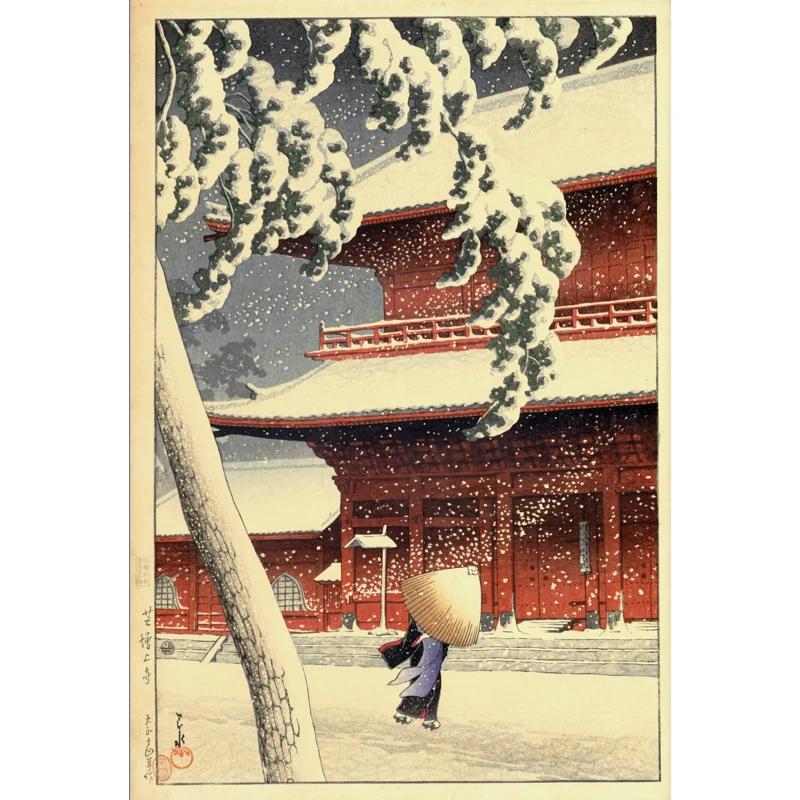
The exhibition left me most impressed by the events surrounding the Great Kanto Earthquake, which is why I wrote about it in this article, though there are many other fascinating aspects.
In the early Showa period, Hasui’s international reputation grew, leading to the exhibition of 92 works at an American museum in 1930.
He also created promotional posters for overseas tourism in Japan commissioned by the Railway Bureau’s International Tourism Department (1932).
However, he fell into a slump for several years afterward. (The printmaking controversy between Shin-hanga and creative prints also seems to have played a role.)
Then, after the World War II, he gained attention from foreigners, including the U.S. military, sparking a printmaking boom.
If you’re interested, I encourage you to visit the exhibition.
It runs until Sunday, November 16th.
[Reference]
Catalog: “Kawase Hasui: Landscapes of Travel and Nostalgia” (Supervised by Iwakiri Shinichiro / Step East / 2024)
[Related article]
"Paul Jacoulet and 'Shin-hanga (New Prints)’" (2021-11-13)
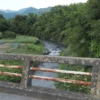
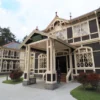
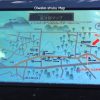
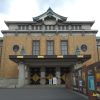
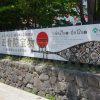
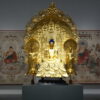
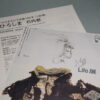
Discussion
New Comments
No comments yet. Be the first one!